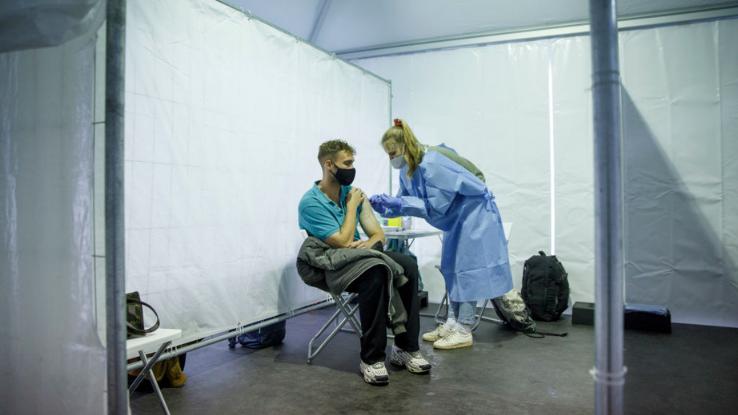
Editor’s Note: New details about these variants are emerging as researchers continue to learn more. While we aim to update this article as soon as new information becomes available, please check the CDC website for the latest details about variants in the United States.
November 2021 saw the emergence of a new variant, the Omicron variant, emerge in South Africa and quickly spread. The variant was first detected in the United States a month later, and became the dominant variant within a matter of weeks. The high degree of contagiousness brought on a surge that came on fast and subsided a few months later. Now talk of the BA.2 variant, a sub-variant of the Omicron strain, has folks wondering if the case lull that we’re currently experiencing is just another brief moment of relief.
Dr. Anthony Fauci, Chief White House Medical Adviser, said on March 20th that he expects to see an uptick in cases but is hopeful that we won’t see another surge. Still, on March 29th the CDC made a recommendation that individuals 50 years and older and certain immunocompromised individuals, who had received their booster shot more than four months ago, get a fourth mRNA booster shot.
What Are the Current Variants Affecting the United States?
BA.2, or Omicron sub-variant– on March 26th, the CDC released data showing that this variant had become the dominant variant in the United States, overtaking the initial Omicron sub-variant. It appears to be slightly more contagious than BA.1 and breakthrough cases are expected at a greater rate, as this variant appears to evade immunity better than its counterpart. A large study out of Denmark suggests that reinfection from BA.2 after a covid infection from BA.1 is rare. Instances of re-infection most often occurred in young, unvaccinated individuals who had had mild cases, so if you are vaccinated and recently recovered, you can rest a little easier. However, this variant doesn’t appear to cause more severe infection, so an increase in breakthrough cases isn’t expected to lead to an increase in hospitalizations and deaths in vaccinated and boosted individuals.
It’s important to note that this isn’t really a new variant. The BA.2 variant was identified at the same time as the original omicron variant— you can think of them like sisters— it just wasn’t causing the majority of cases until now. The label “Omicron” is an umbrella term that encompasses several sub-variants, including BA.2, BA.1.1, and B.1.1, both of which we just called Omicron until recently.
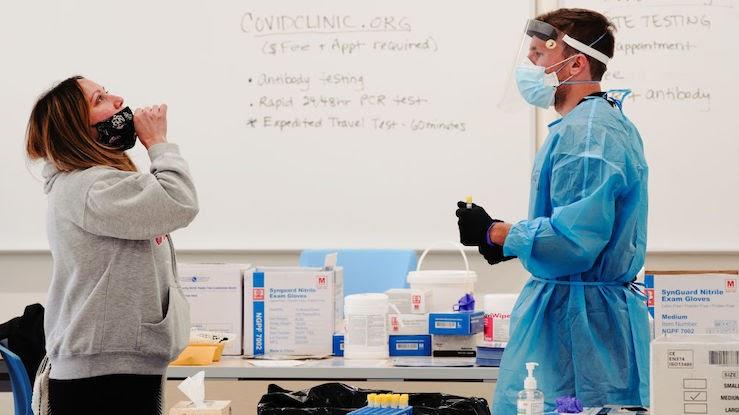
BA.1 and B.1.1.529, or Omicron – As mentioned above, these two variants have been grouped under the term Omicron since November 2021. These two variants currently account for 47% of cases in the United States. Experts discovered that booster shots are incredibly effective at reducing Omicron’s virulence. As such, health officials encourage everyone to receive a third shot of the Pfizer vaccine as soon as they are able to.
B.1.617.2, or Delta – As of early March, data from the CDC indicates that Delta is no longer contributing to case counts within the United States.
Our Current Vaccines Are Still Effective
With the Omicron variant, we saw a rise in breakthrough infections. It can be useful to understand that this term is a bit of a misnomer, as vaccines were always intended to protect against severe hospitalization and death, not necessarily illness, and by that metric vaccines have remained highly effective against multiple variants. Still, the potential impacts of illness— including the ability to spread the disease to more vulnerable loved ones and the unknown effects of long-covid— have many vaccinated individuals feeling nervous about potential exposure and breakthrough cases.
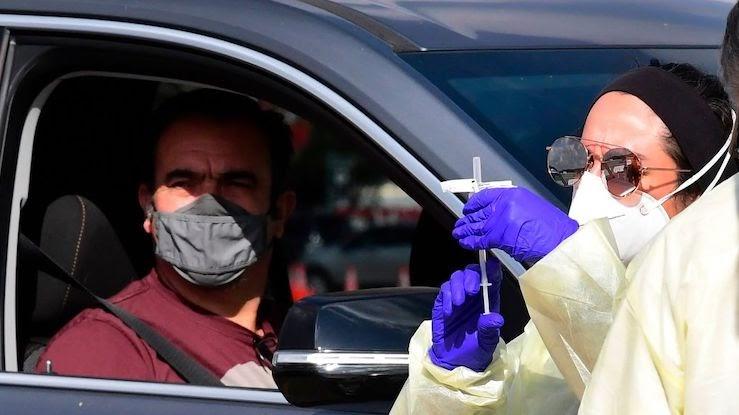
Studies suggest that BA.2 is as good at evading vaccine immunity as its counterpart variants are, but vaccines are still protective against illness, and the risk of getting sick is still significantly greater for unvaccinated individuals. Vaccines have also been demonstrated to reduce transmissibility of BA.2. In a study of Omicron-related covid cases in Danish households, researchers found that unvaccinated people were far more likely to spread BA.2 to their housemates than if they had BA.1. However, vaccinated individuals with BA.2 were less likely to get their housemates sick than vaccinated individuals with BA.1. This is all to say that vaccinations help to protect yourself and others, and in the case of BA.2 getting vaccinated for the people around you is an even more effective choice.
Masking, Testing, Vaccinating, and Common Sense Remain Important
Although the variants seem to be more transmissible, one thing health experts are confident about is that these mutated forms still spread in the same way that all coronaviruses transfer from person to person. When someone who has the virus coughs, sneezes, talks, or exhales they release respiratory droplets containing the virus into the air. These small droplets can land in the mouths, eyes, or noses of people nearby, who then contract the virus. In many places, mask mandates are being lifted. But masking is always a tool at your disposal that is highly effective at protecting you from infection, and many are choosing to keep wearing masks in certain settings.
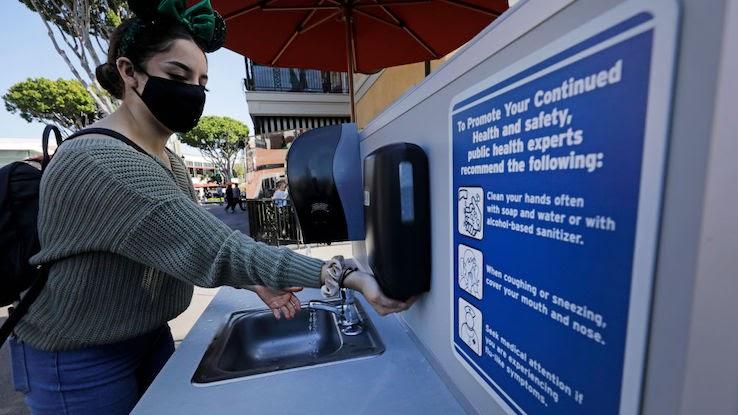
In early 2020 cloth masks were recommended for the public, both because they helped alleviate shortages of approved masks for healthcare workers, and because they were effective at reducing spread. Supply of high quality masks and respirators is no longer a pressing issue, and research has indicated that cloth masks do not provide sufficient protection against Omicron. As such, masking recommendations have changed, and respirators such as N95s, KN95s, and KF94s are now recommended. The CDC has created a tool to help individuals identify locations near to them that offer free respirators. You can also use the CDC’s website to track covid case numbers by county and get masking recommendations based on local case count.
In addition to masking, don’t forget basic practices to prevent illness and spread, such as hand-washing, testing before and after high-risk events like family gatherings, and staying home when you feel sick.
Keeping Track of Emerging Variants
The World Health Organization (WHO) is constantly tracking new variants. Variants of concern refer to variants that are currently impacting public health. These are any variant that is more transmissible, causes more severe illness, or reduces the efficacy of public health measures. Currently Omicron and Delta variants are listed as variants of concern. Additionally, the WHO also tracks variants of interest— variants with mutations likely to cause increased transmissibility or severity. At the time that this article was written, there were no variants of interest. Additionally, not all variants of interest become variants of concern, but if you’re someone who likes to stay on top of what might be developing, you can use the WHO’s covid tracking website to stay up to date.
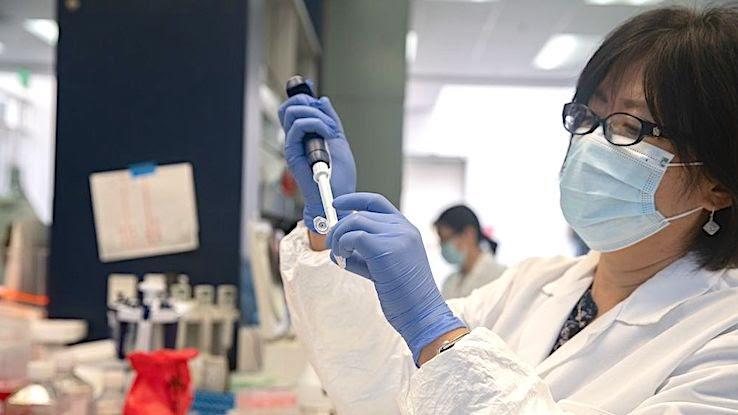
Why Are These Variants Emerging?
COVID-19 continues to spread in the United States even as more people become vaccinated, and this unrestrained transmission is a primary contributing factor for the emergence of new variants. According to Dr. Ben Bimber, a research professor at Oregon Health and Science University, each time the virus has an opportunity to replicate — the process it undergoes when it enters a new host and begins infecting cells — it also has an opportunity to mutate.
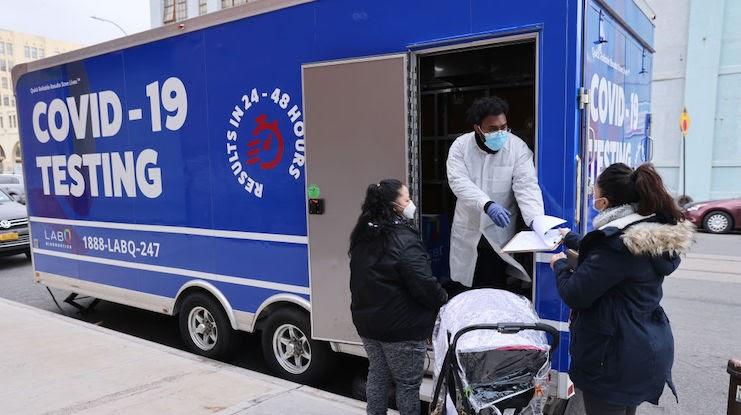
This increased likelihood of mutations corresponding with the surge of cases across the U.S. highlights the importance of working to slow person-to-person COVID-19 transmission. “The only way to stop the emergence of new variants is to stop the spread of the virus,” Dr. Bimber told NBC News. “If there are more people infected, there’s simply more virus out there and it has more opportunities to mutate.”
But it can take several months to identify variants and determine if they’re causing surges. This time frame, coupled with the unknown and potentially harmful ways mutations could alter the virus, is worrisome. Fortunately, according to Dr. Dan Jones of Ohio State University’s Wexner Medical Center, there’s a clear pathway to preventing variants from spreading and keeping new variants from surfacing: getting vaccinated.






